So you like square format but you don’t want to pay the price for medium format or bear the weight and prefer the convenience of 135. And if you can barely get through 36 frames, you may shudder at the prospect of even more. What can you do? Well I found myself in that exact situation….
Bottom line: I “acquired” a Minolta 24 Rapid to make square images on 135 film using Rapid cartridges.
The Journey
I discovered a few cameras that made square images on 135 film. The best known is the Robot Royal 24,a rangefinder. It that makes 24mm square images on 135 film, it’s pricey but fast enough to rip through 25 images on one wind and pumps out 55 images on a 135 cassette.
35mmc had posts on two cameras with that image size – Zeiss Ikon Tenax I and Zeiss Ikon Taxona, both scale focus with Zeiss lenses. But even the Taxona was too expensive. If scale focus isn’t for you, opt for a rangefinder. The Tenax ii, creates the same image sizes, but is a rangefinder with interchangeable lenses and even more expensive.
Culling
To narrow the choices, it’s best to have a budget – in my case $150 USD including shipping – as well as other restrictions. For my money, the camera must:
- Be able to function without batteries
- Be able to manually set focus, aperture and shutter speed
- Have a fixed lens,
- Make at most twenty-four (24mm square) frames
Imagine my surprise that, when searching for the camera, I found that there was another quick load film system like 110 and 126.
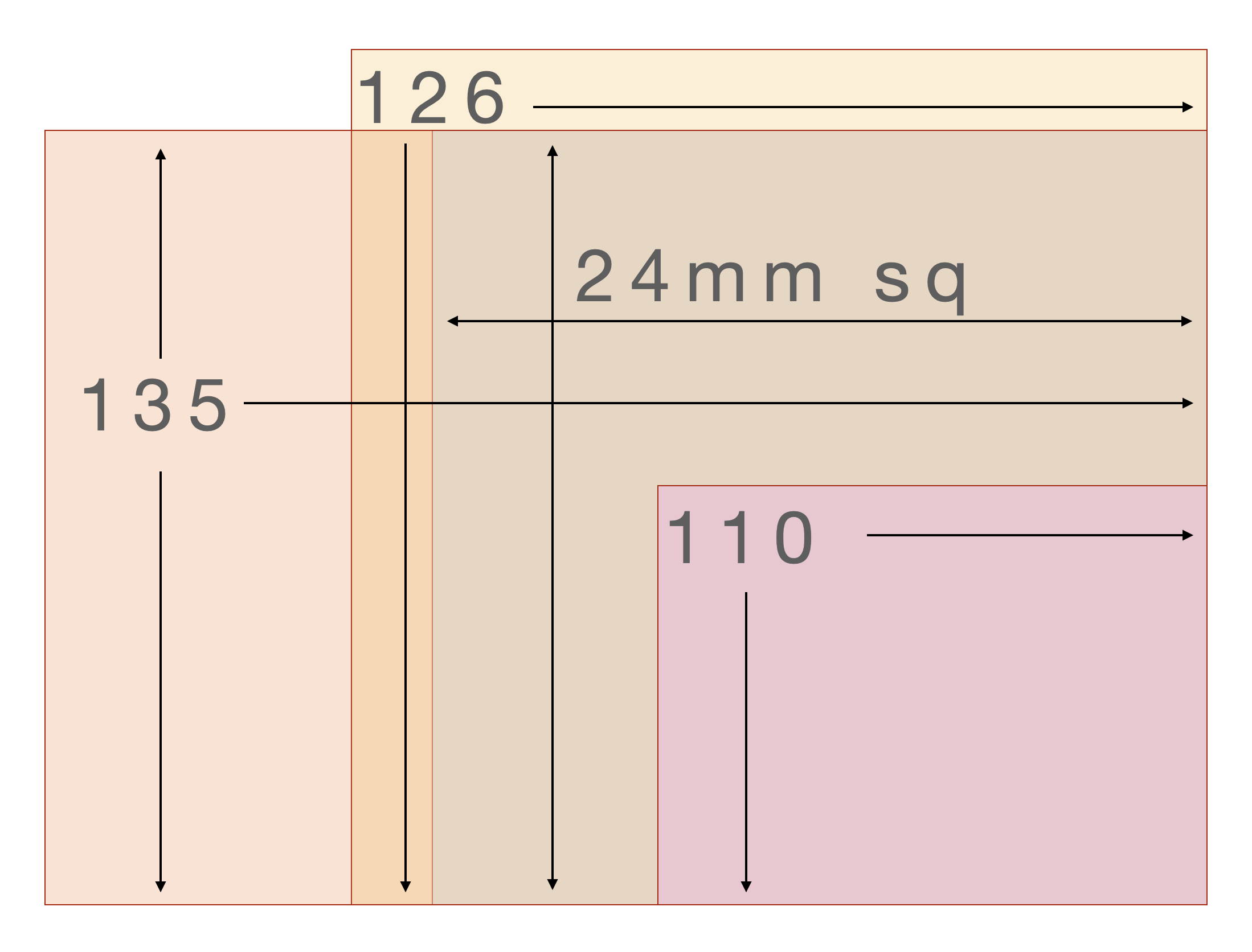
The system is the Rapid cartridge, also with a primitive DX code.
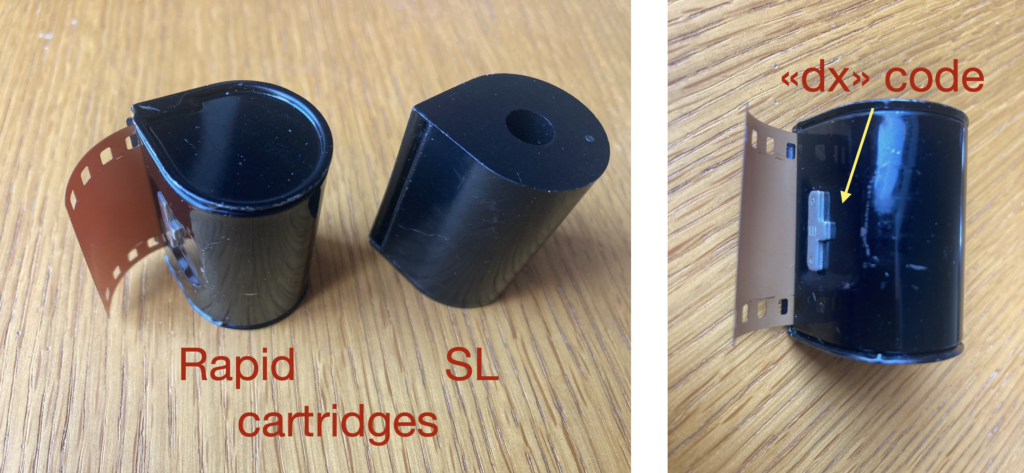
Agfa Rapid cartridges were an alternative to Kodak 126 cassettes. Agfa repurposed its Karat cartridge, a 135 alternative. Both failed to gain traction. For more information see Rapid cartridge cameras and Rapid cartridges
Design
And then there was the design issue. Some cameras had CdS meters that completely encircled the lens. Against hope, wanted a timeless design like the Agfa Optima Sensor 1035
The Chosen Camera
The Minolta 24 Rapid satisfied the constraints, coming in at under $80 USD complete with case and lens cover. It’s not minimalist, but more in keeping with the likes of Traveling Canonet. It’s definitely 1960s. But it had other features such as a Seiko leaf shutter, a rangefinder, an EV meter, stepless apertures (2.8 – 22) and four speeds (1/30 – 1/250).
For more information about the Minolta 24 Rapid see: Camera wiki and this video on youtube. For a comparison with a 126 camera see: Minolta 24 Rapid vs Minolta Autopak 700
The Experience
The camera uses a now-obsolete (banned) battery. There are two workarounds: an MR-9 adapter that steps down the voltage or a Wein cell, which I chose.
Quick functional test
Most of the functions checked out. The rangefinder distances were correct, aperture and shutter dials moved correctly and shutter fired at all speeds/apertures. But there were problems. The light meter either underestimated the EV or did not “read” the “dx-code”on the cartridge (E for ISO 65). But the listing stated it did not work…
The film advance made a horrible sound. Since there was too much film in the supply cartridge, the transport ripped sprocket holes. This problem went away after trimming the film to 60cm/20in and reloading.
The camera came with two different reloadable cartridges: metal Rapid cartridge. (Supply side) and a plastic SL cartridge (takeup).
Cosmetics
I removed the musty odour by placing camera in a sealed plastic bag with baking soda for a few days. There was a slight discolouration on EV scale. I replaced the downmarket camera case with a leather wrist strap. While the lens cap was a bit loose, swapped it out for a plastic cap from a pharmacy bottle with a better fit.
Metering
There are three ways to meter with the camera:
- Automatic – let the camera Automagically set aperture/shutter speed using the builtin EV (exposure value) meter.
- EV – use the EV meter to manually set aperture/speed.
- Manual – use an external meter or sunny 16.
Since the EV meter was faulty, I used sunny 16 and a Hedeco Lime One meter (predecessor of Hedeco Lime Two).
Loading/unloading
Loading
To load film into the Rapid cartridge in the dark, just cut 135 film to about 60cm/24in (16 frames) and follow these instructions. To load in the light, use these STL files to 3d print a bulk film loader to spool film from a 135 cassette into a Rapid cartridge.
Finally, in the light, insert the cartridge on the supply side
Unloading
Take the cartridge out in daylight. Then, in the dark, remove the film, roll it emulsion side in, secure with masking tape and put in a light-proof container for processing.
Shooting Experience
While the rangefinder was accurate and provided good feedback, the controls were crude and sometimes aperture and shutter speed would be linked to EV. Fortunately a lever made focusing really easy. Stepless apertures enabled fine tuning. Loading/unloading were both straightforward – just grasp end of the film to pull out take-up and use a fingernail on supply-side.
Having cut the film to a shorter length, to not waste much film, I trimmed the film to a smooth edge, leaving a gap of width gap [below] before the first perforation. I then fed just enough film (4 sprocket holes from supply side to fit over the teeth) and I removed the takeup cartridge in the dark after finishing the “roll”.
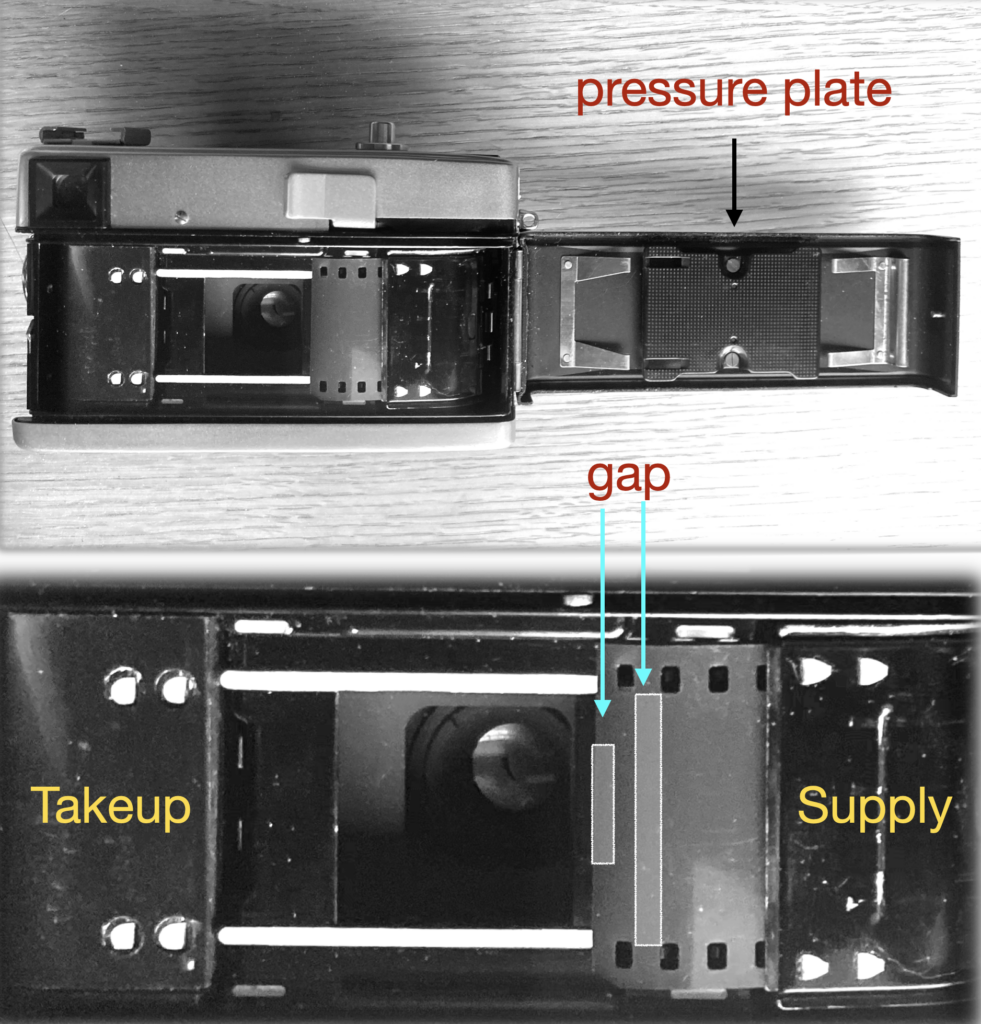
Results
The picture quality was good – the result of the Rokkor 32mm f/2.8 (equivalent to a 38mm on 135).
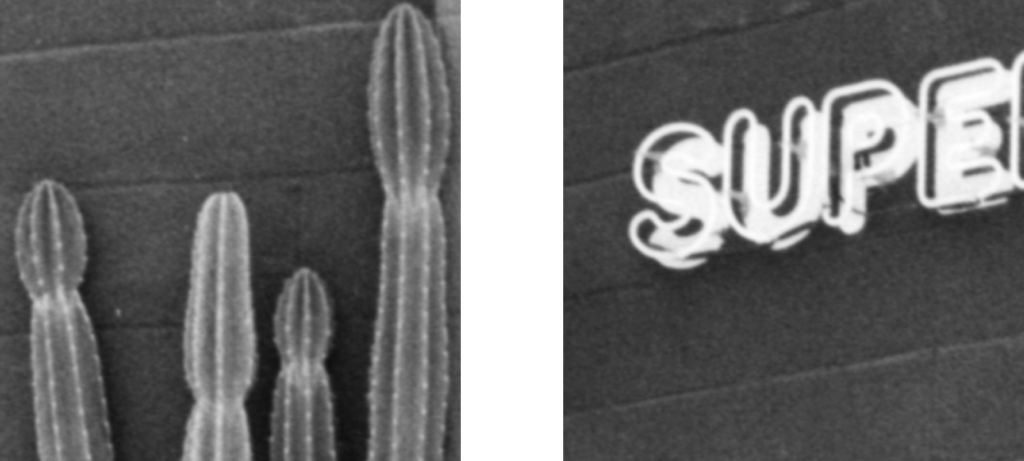
5 Frames
The film Aristapan 100 (ISO 100) shot at box speed – most likely rebranded Orwo NP 100. The developer was rodinal 1+25 (07m00).
First two diptychs:
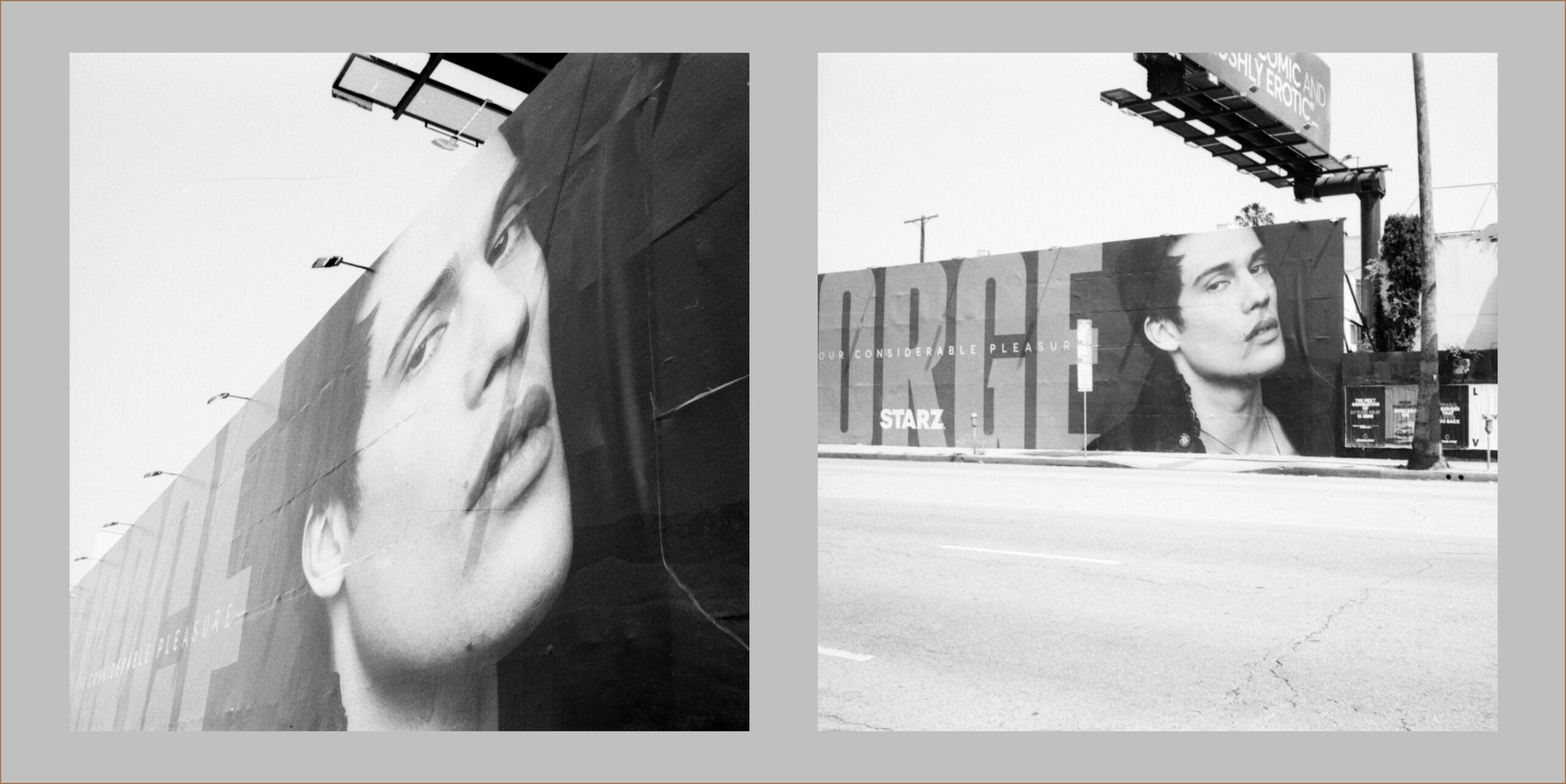
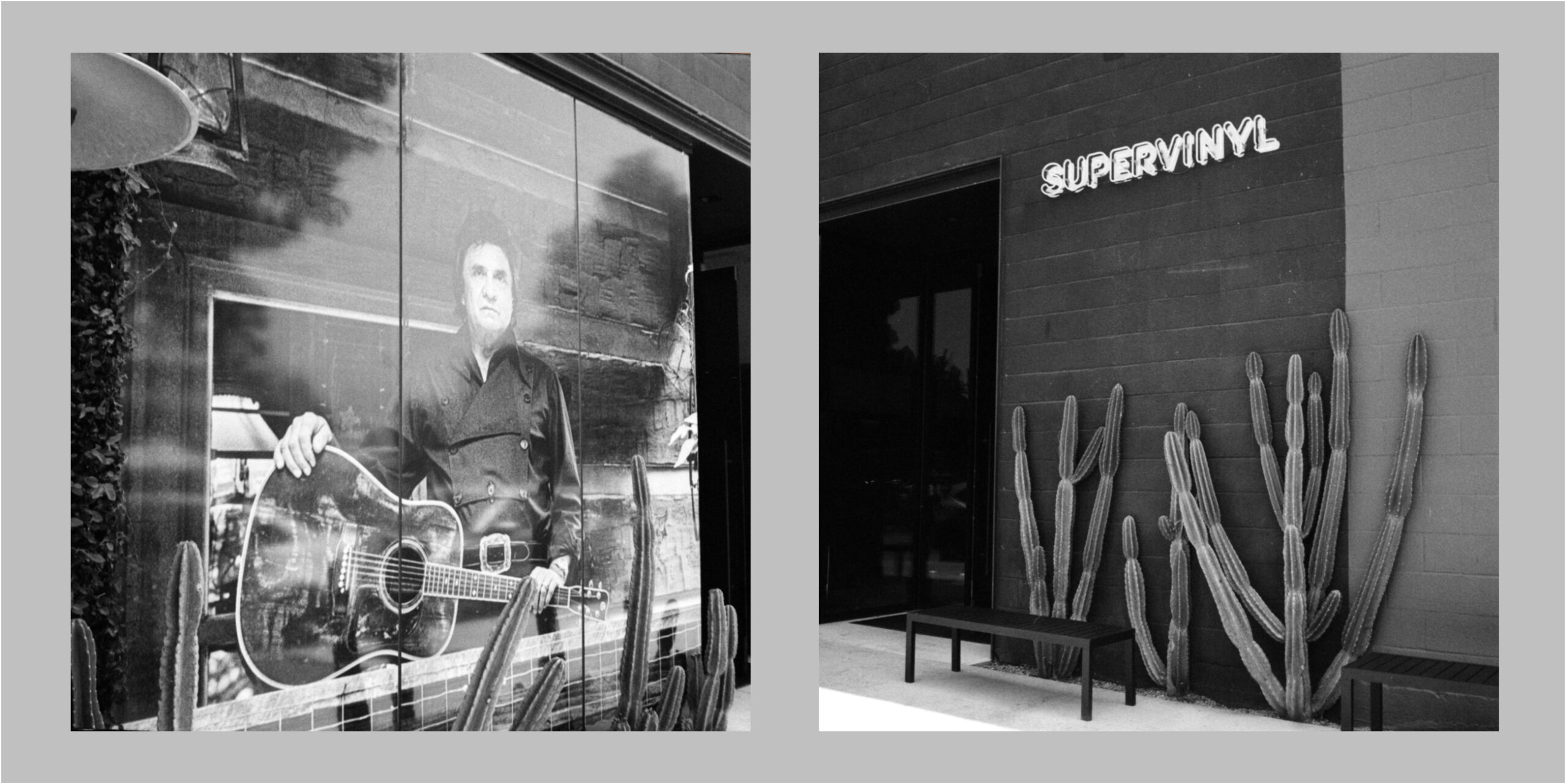
And 3 single frames
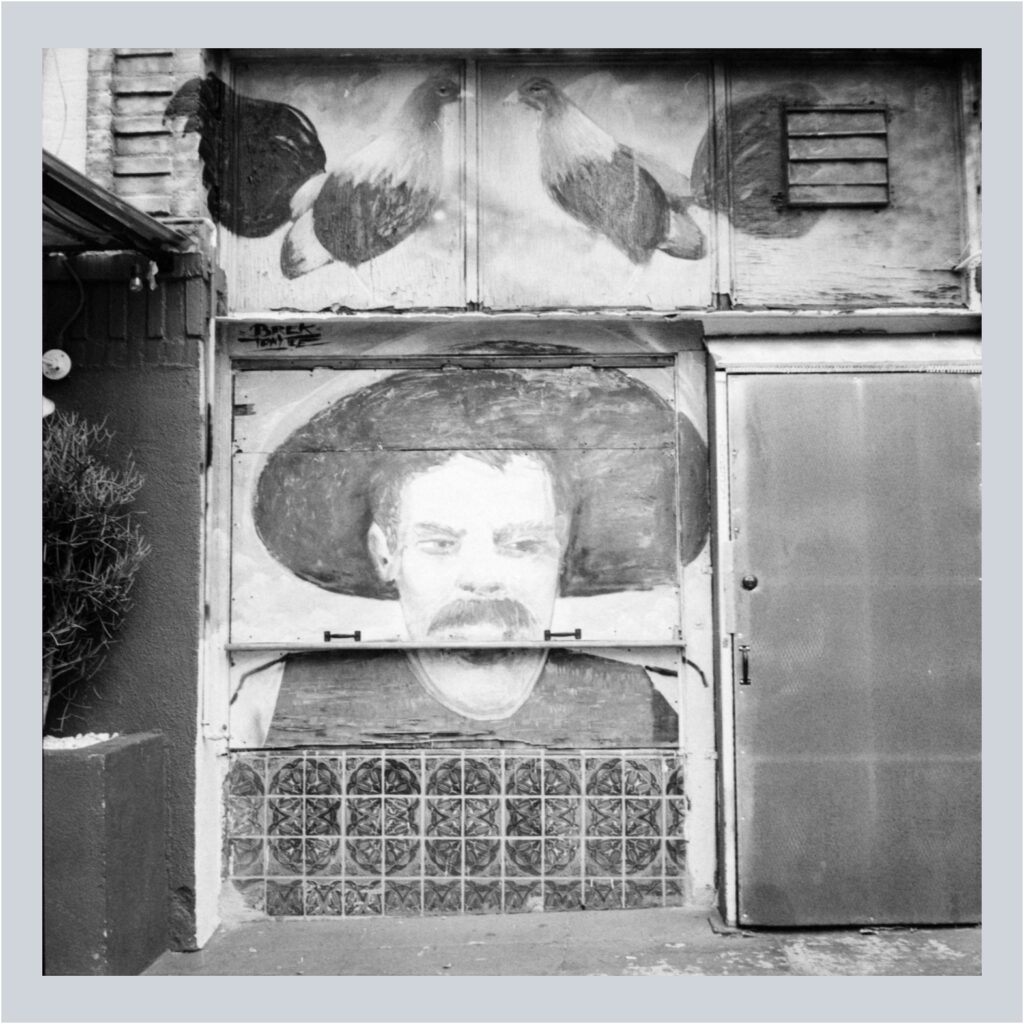

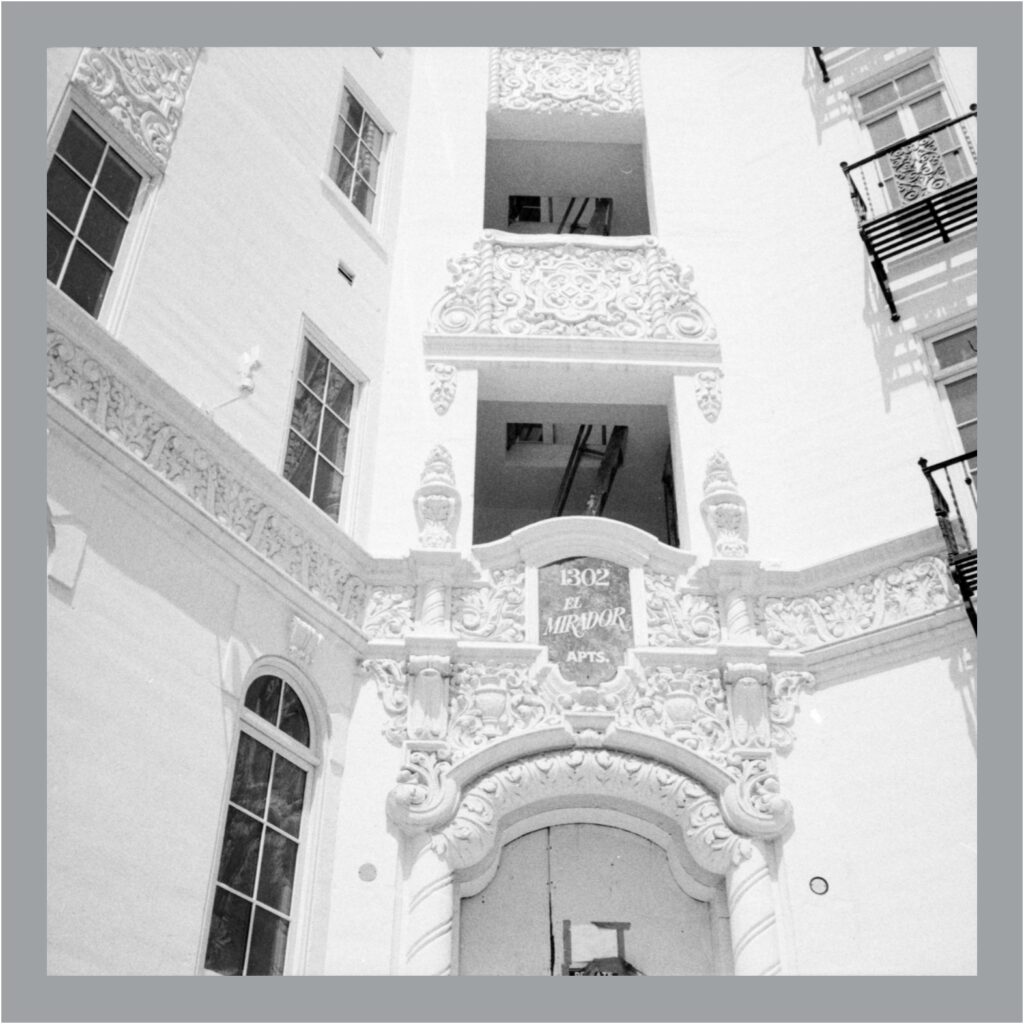
Conclusion
I enjoyed using the camera in spite of the ergonomics. It seems a good alternative to using a heavier 6×6 folder or a TLR. It’s not as light as the Tenax/Taxona but…
Certainly agree with Blanko’s comment on Stuart Jenkins Five Frames Tenax post. As Jenkins writes, when considering less expensive cameras for going square on 135
“The Minolta 24 Rapid looks okay, but is not hugely inspiring.”
To which Blanko responded,
“I think the Minolta 24 Rapid actually is the best pick if you want 135 film square frames. It’s not super expensive, has a Tessar-type lens…”
Actually, I read the comment after buying the camera, but I concur. The Minolta 24 Rapid is not inspiring but, like a screwdriver, it gets the job done. And it was fun to use… seriously. And now diptychs are de rigueur.
Share this post:
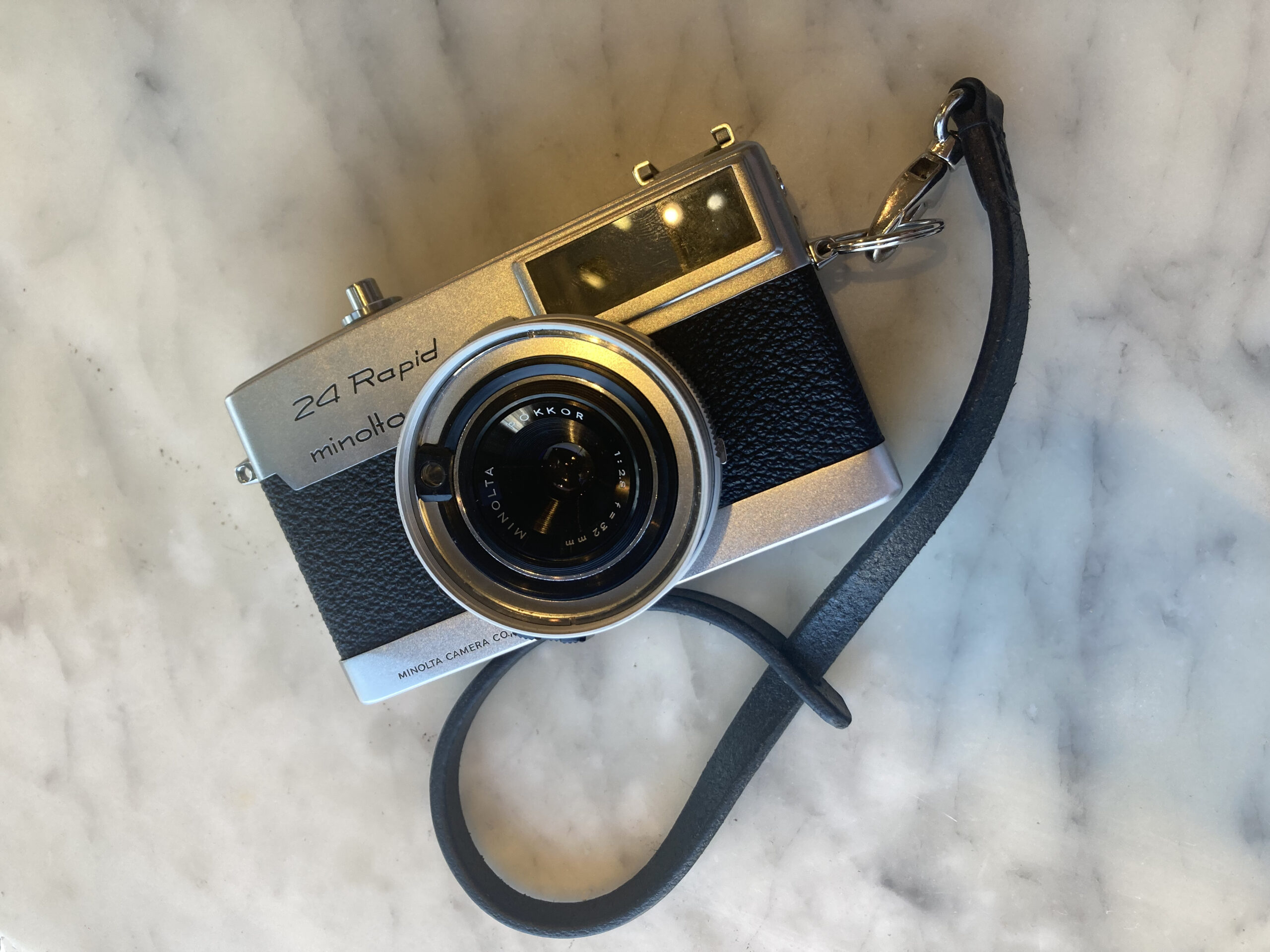
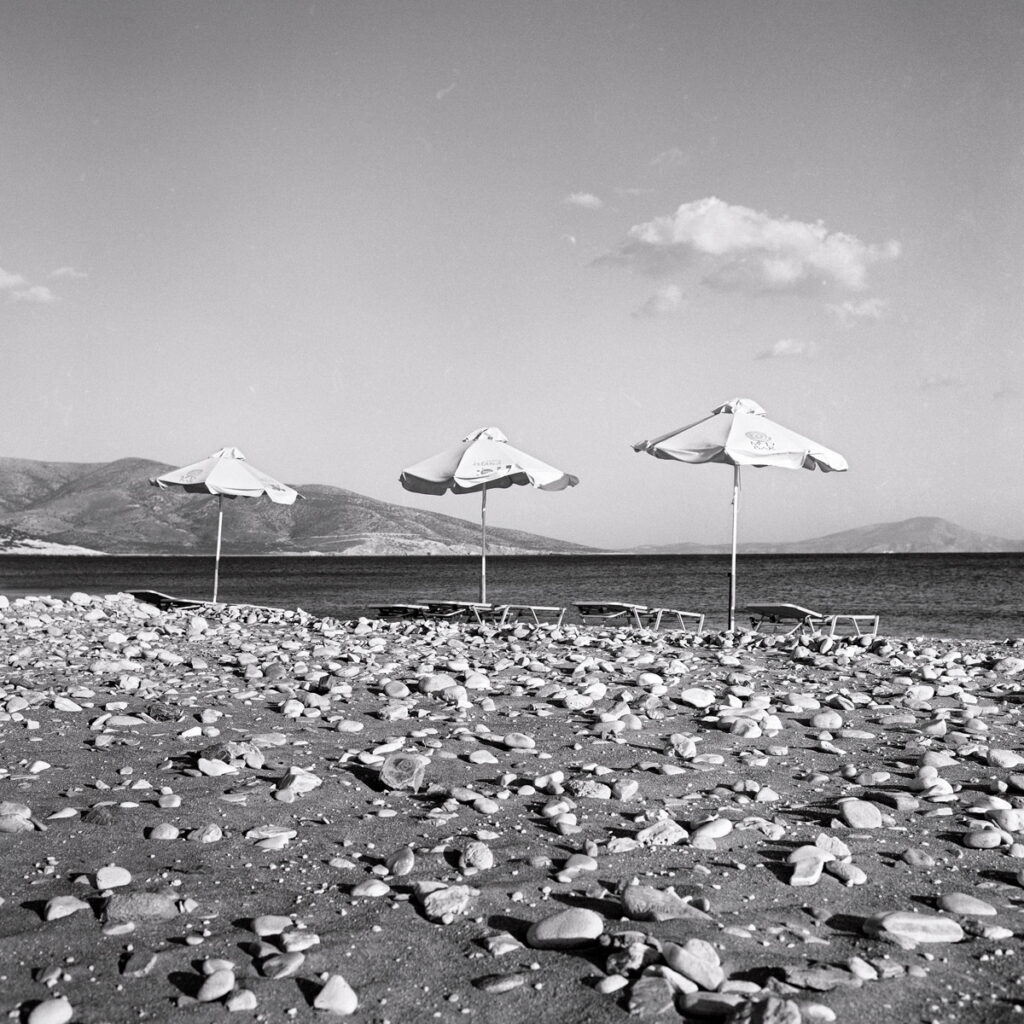
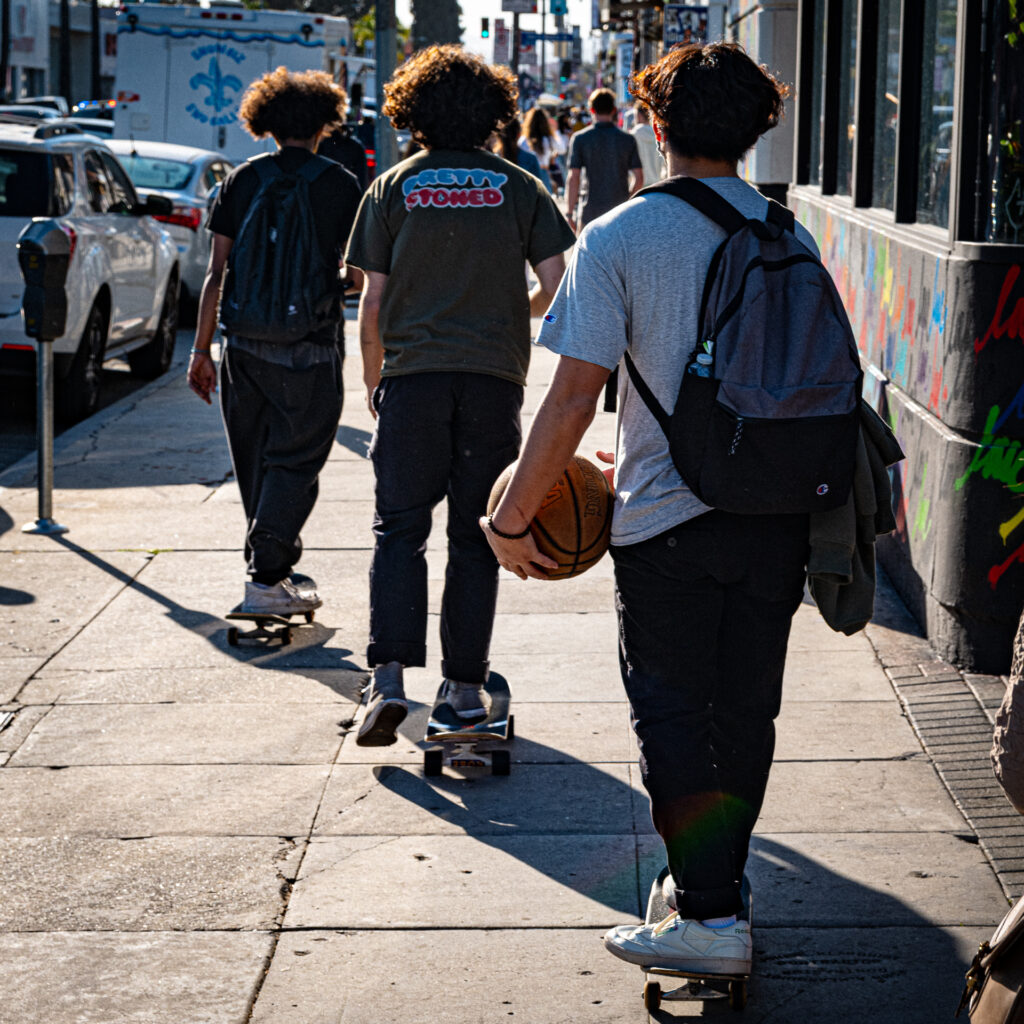
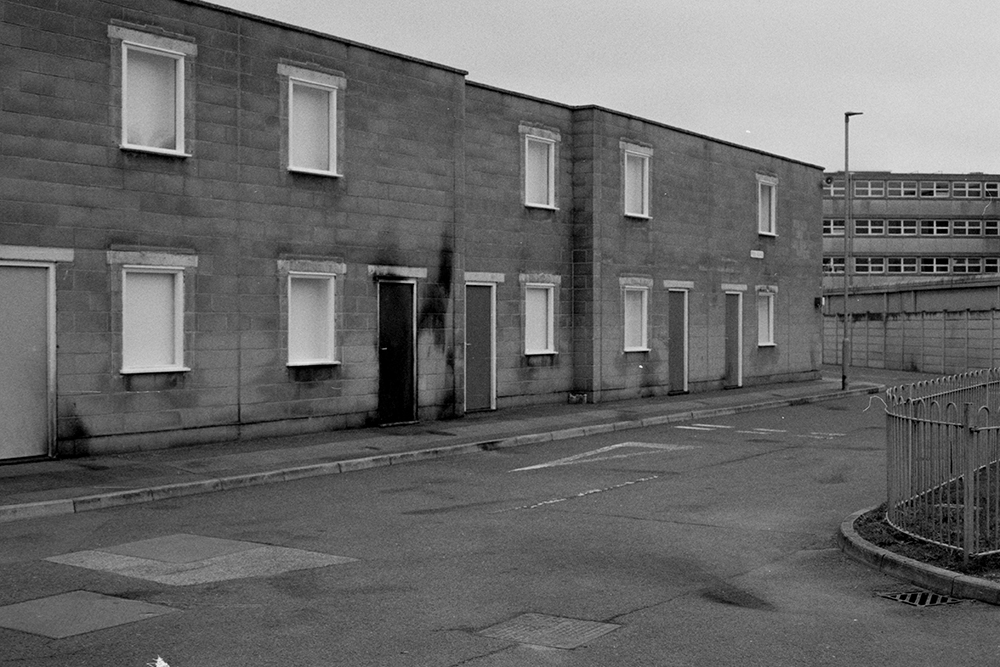
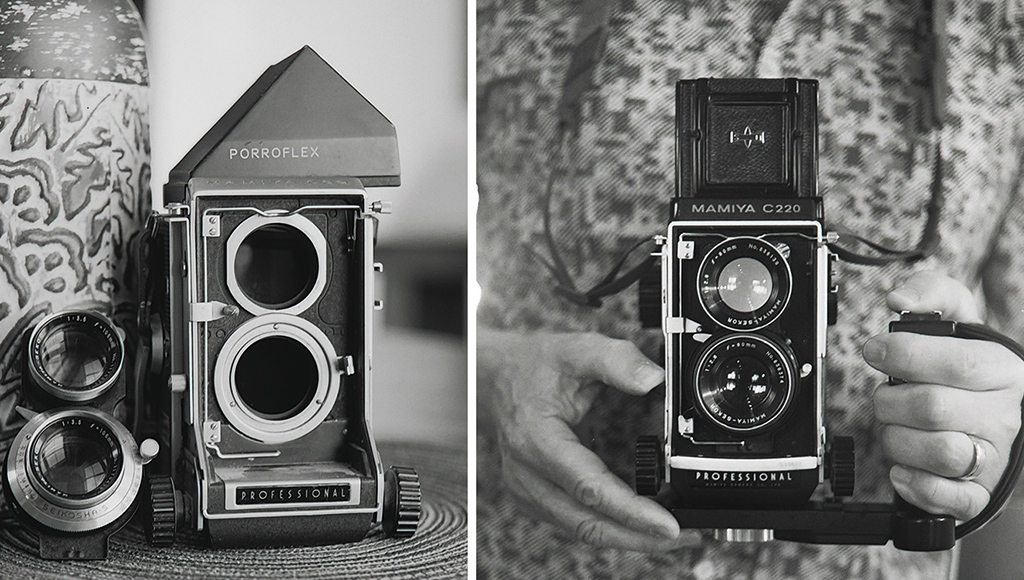




Comments
James Evidon on 5 Frames Going Square with 35mm Film in a Minolta 24 Rapid
Comment posted: 10/08/2024
Comment posted: 10/08/2024
Gary Smith on 5 Frames Going Square with 35mm Film in a Minolta 24 Rapid
Comment posted: 10/08/2024
Comment posted: 10/08/2024
Alexander Seidler on 5 Frames Going Square with 35mm Film in a Minolta 24 Rapid
Comment posted: 13/08/2024
And also the Tenax II was new to me. Thanks for your story !
blanko_photo on 5 Frames Going Square with 35mm Film in a Minolta 24 Rapid
Comment posted: 21/08/2024
Another budget option would be the Agfa Isomat-Rapid, it's another 24x24 camera, coated triplet, auto exposure based on a selenium cell so it may or may not work. Mine does, but it won't exactly set the world on fire.
There's also the Iso-Rapid C (or the Moto-Rapid if you fancy a spring drive) but I haven't been too happy with their optics, it's a simple meniscus lens and bad at the corners and mid-frame as you'd expect. But if you don't mind that, it's the cheapest option of getting a 35mm square format camera, and they're simple cameras so there's less to go wrong. If you get your hands on one, just remember that you'll need film to test it, otherwise it'll simply lock up.
Side note 1: If you want another plastic SL cartridge give me a call, I have a few of them loaded with Orwo NP27, fresh in box, though the roll I tested was extra crunchy and needed to he exposed at EI 25.
Side note 2: One of my current projects is modifying a Kowa opthalmic camera I found on eBay to become an interchangeable lens 24x24mm SLR.